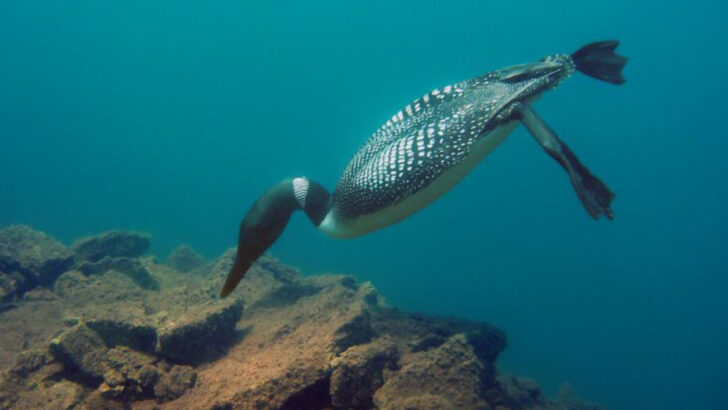Birds aren’t supposed to vanish beneath the waves like feathery torpedoes—but some do exactly that.
Forget waddling ducks and wading cranes. These birds dive, disappear, and come back up with dinner flapping in their beaks. They don’t just dip their toes in. They go full submarine.
Some use their wings like flippers. Others shoot through the water headfirst like they’ve been fired from a cannon. And while the rest of the animal kingdom claps politely from the shore, these birds dominate the underwater world with zero apologies.
Curious? You should be. These aren’t your average songbirds—these are the deep-sea daredevils of the avian world. Let’s take the plunge.
Emperor Penguin
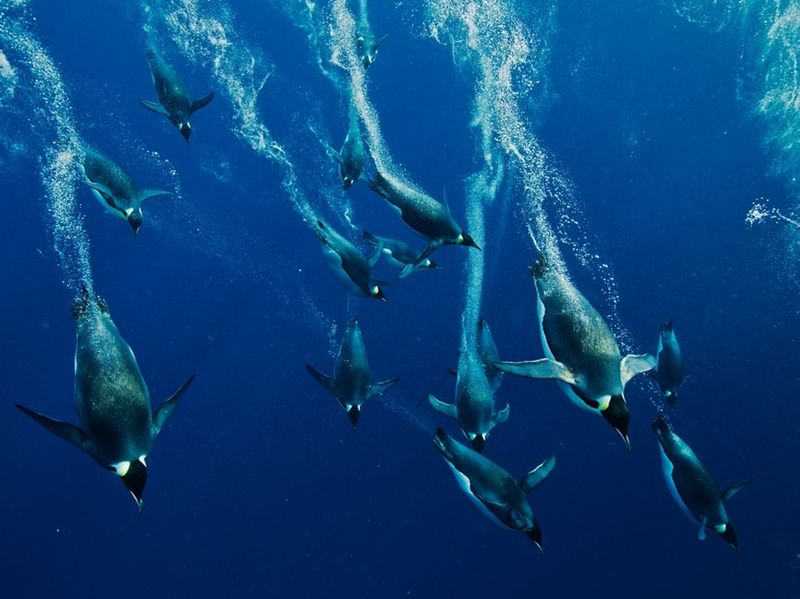
The Emperor Penguin, the tallest and heaviest of all penguin species, mesmerizes with its underwater agility. As these birds glide through the frigid Antarctic waters, they reach speeds of up to 9 mph. Their streamlined bodies and powerful flippers are perfectly adapted for swimming, allowing them to dive to depths of over 1,800 feet. How do they withstand such pressures? Their bodies compress to reduce buoyancy, showcasing a remarkable adaptation. Did you know? Emperor Penguins can hold their breath for more than 20 minutes. Truly, these majestic creatures demonstrate nature’s ingenuity.
Great Cormorant
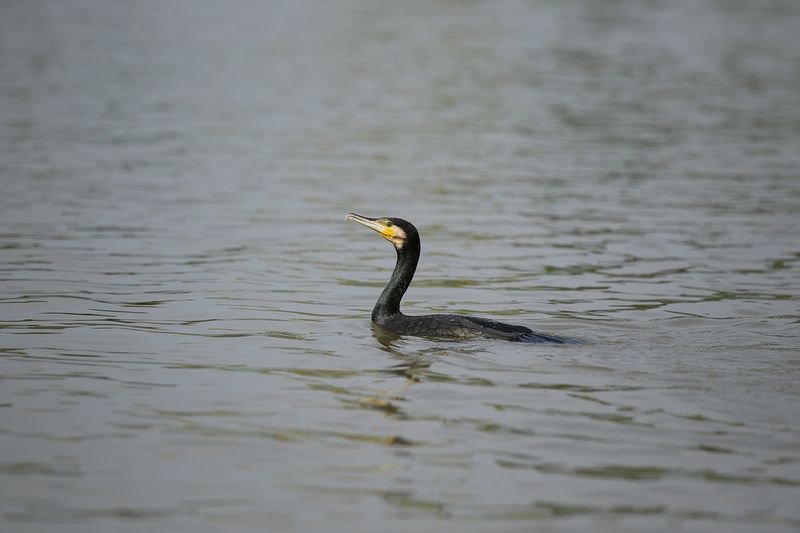
The Great Cormorant, a widespread and adaptable bird, is often seen drying its wings after a swim. This behavior is necessary because, unlike other waterfowl, its feathers are not fully waterproof. This quirky trait allows it to dive better, reaching depths of up to 45 feet. Have you ever wondered why it opens its wings wide? It’s to balance buoyancy. With keen eyesight, it hunts fish with precision, making it a skilled predator. Interestingly, cormorants have been used by fishermen in some cultures to catch fish, highlighting their symbiotic relationship with humans.
Tufted Duck
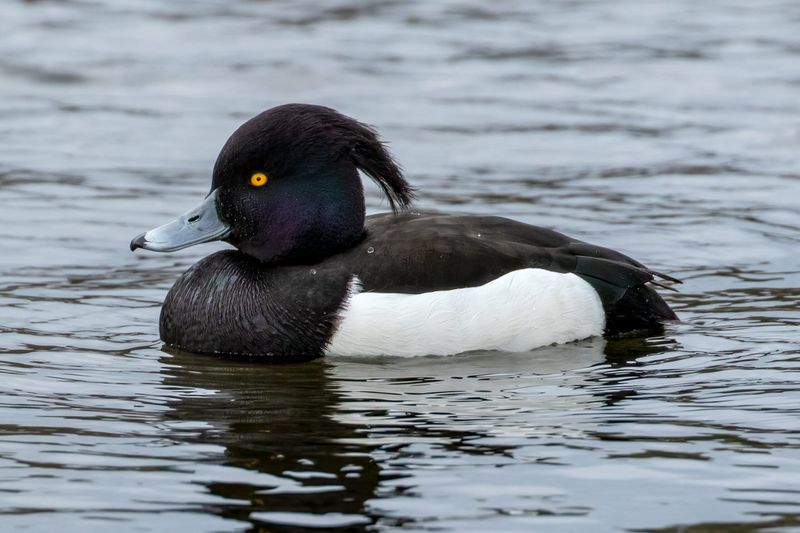
The Tufted Duck, with its striking black-and-white plumage and distinctive head tuft, is a charming diver found across Europe and Asia. These ducks are particularly adept at foraging underwater, diving to depths of around 10 feet in search of aquatic plants and insects. What makes their dive unique? It’s the sudden plunge beneath the surface. They tuck in their wings and stretch their bodies, resembling mini torpedoes. This ability helps them avoid predators and secure food. Their presence in urban parks adds a lively touch to serene waterscapes.
Common Loon
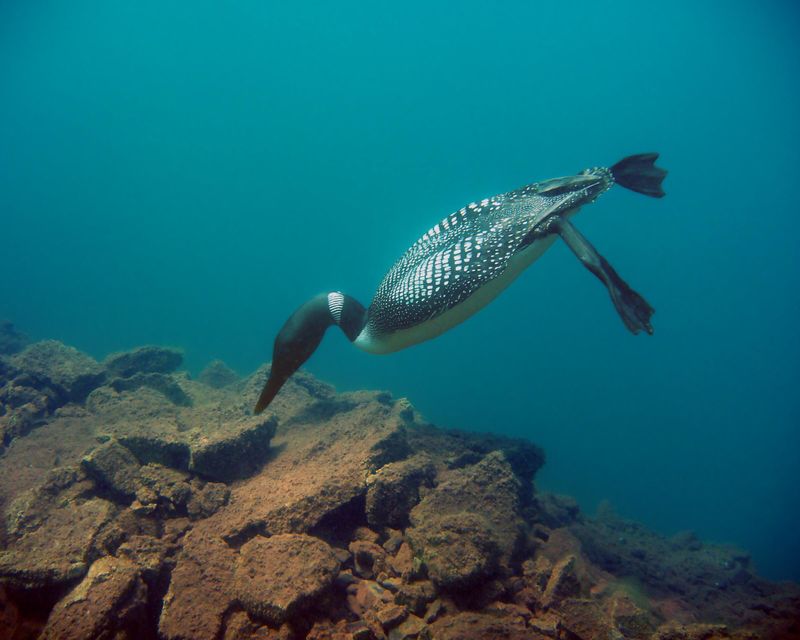
The haunting call of the Common Loon is synonymous with Northern wilderness. These birds are excellent swimmers, using their powerful legs to propel through water. Loons can dive up to 200 feet, staying underwater for several minutes. Their dense bones reduce buoyancy, a unique adaptation for deep diving. Ever seen those red eyes? They’re not just for show; they help locate prey underwater. A symbol of pristine lakes, loons face threats from pollution, making conservation vital. Their eerie calls echo across misty lakes, a quintessential sound of wild, untouched nature.
Galápagos Penguin

The Galápagos Penguin, smallest of its kind, is uniquely adapted to the warmer climates of its namesake islands. Unlike most penguins, it stays close to the equator, diving in search of small fish and crustaceans. How does it manage the heat? With a black-and-white tuxedo that helps regulate body temperature and a distinctive call. These penguins are agile swimmers, using flippers like wings to ‘fly’ underwater. Unfortunately, they are endangered, with climate change posing a significant threat to their existence. Their charming presence is a highlight of the Galápagos archipelago.
Puffin
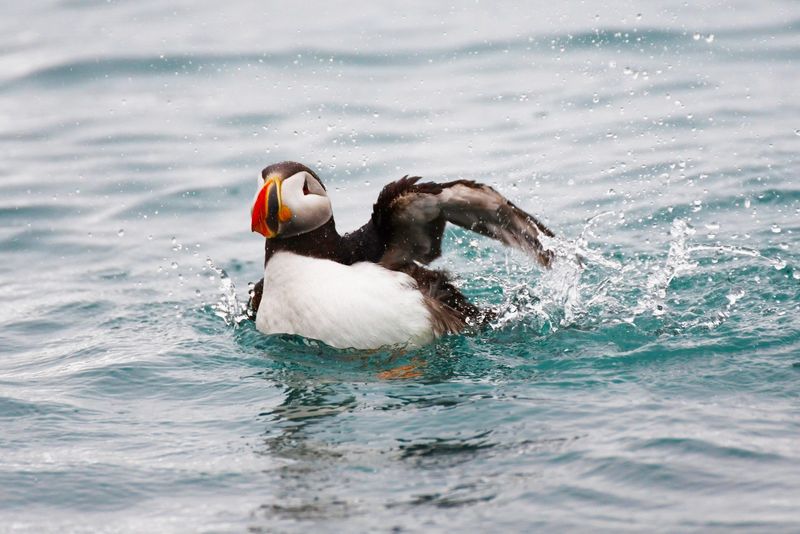
The Atlantic Puffin, often called ‘sea parrot’, enchants with its vibrant beak and playful demeanor. These birds expertly dive and swim, flapping their wings as if flying underwater. Puffins catch small fish with ease, diving up to 200 feet deep. Ever wondered how they hold multiple fish? Special spines in their beaks allow them to securely grip their catch. Puffins return to the same breeding grounds annually, forming large colonies. Sadly, many face threats from habitat loss and pollution. Protecting these charming birds ensures future generations hear their stories of adventure at sea.
Eider Duck
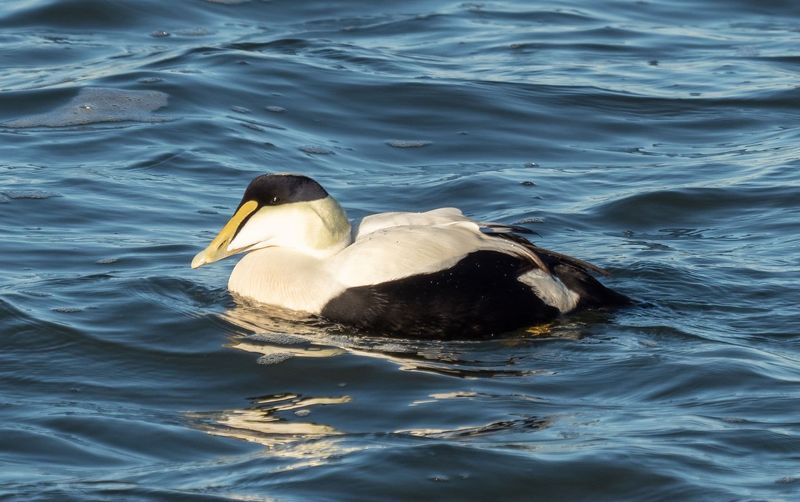
The Eider Duck, renowned for its down feathers, braves frigid Arctic waters. These ducks dive to depths of 65 feet, searching for mollusks and crustaceans. Their specially adapted bills help them pry open shells. Have you seen their striking plumage? Males sport a contrasting black and white appearance, while females blend into the landscape with brown tones. Eiders hold cultural significance, with their down once a prized commodity. Despite their cold habitat, they exude warmth through their familial bonds, often seen in large, social groups.
Anhinga
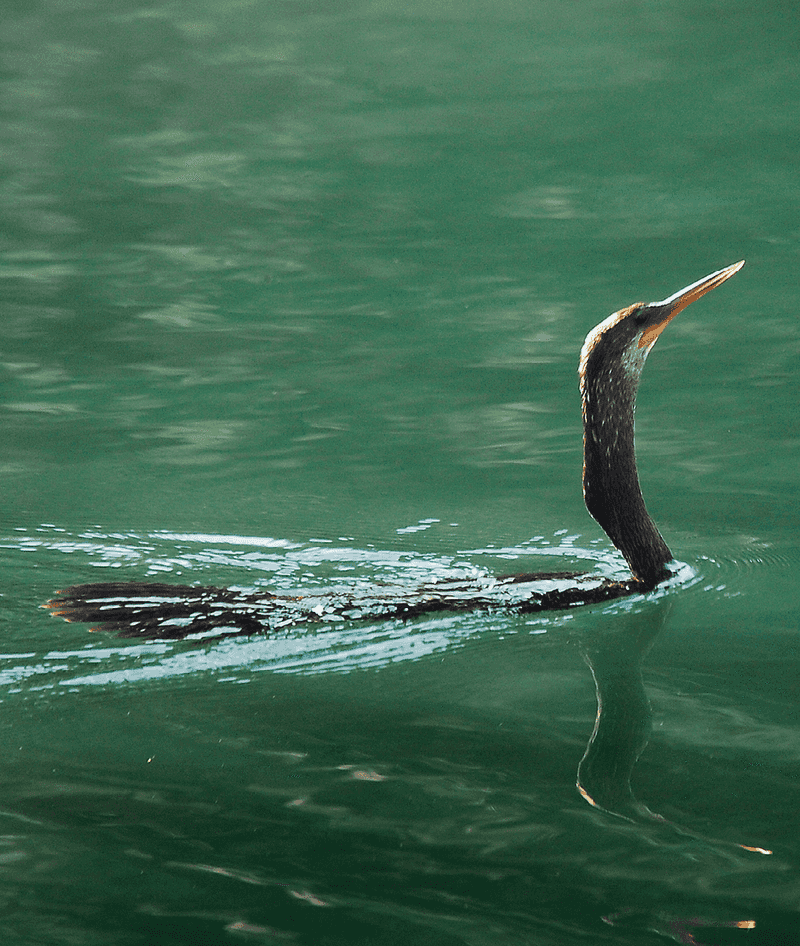
The Anhinga, often called ‘snake bird’, is famous for its swimming technique. Residing in warm, wetland areas, it swims with only its neck visible, resembling a serpent. Why this peculiar style? Its feathers are wettable, aiding in diving but requiring drying post-swim. Known for its striking silhouette, the Anhinga hunts fish with precision. Unlike other birds, it uses sharp beaks to spear prey. This unique feeding strategy sets it apart in the avian world. Watching an Anhinga dry its wings in the sun is a remarkable sight, showcasing its unique lifestyle.
Penguin

Gentoo Penguins, with their striking orange bills and long tails, are among the fastest underwater swimmers, reaching speeds of 22 mph. These birds are agile hunters, chasing krill and fish in icy Antarctic waters. How do they keep warm? A thick layer of blubber and closely packed feathers provide insulation. Gentoos are known for their playful, social behavior, often seen tobogganing on ice. Their adaptability and speed make them one of Antarctica’s most resilient penguins. Breeding colonies are bustling hubs of activity, where life thrives against the harshest conditions.
Dipper
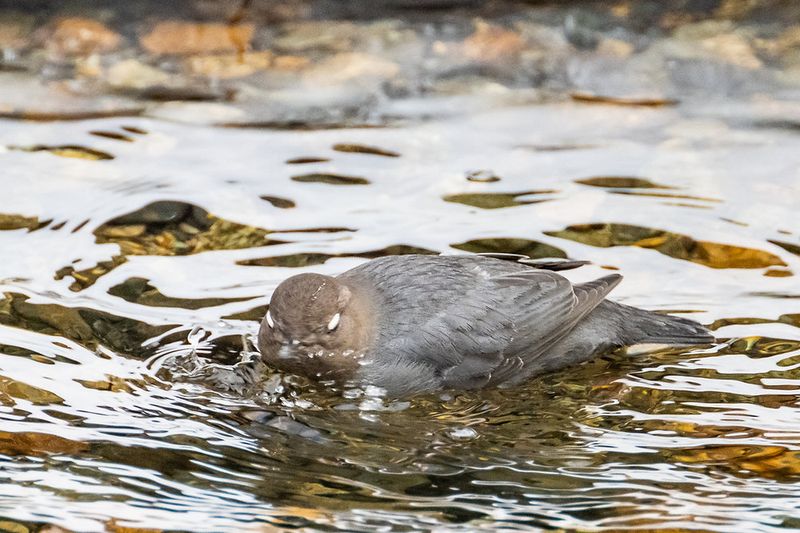
The Dipper, a small songbird, is unique in its ability to ‘fly’ underwater. Found near fast-flowing streams in Europe, Asia, and North America, it uses powerful wing strokes to dive and forage for aquatic insects. Its dense plumage and waterproof feathers make it an excellent swimmer. Ever wondered how it stays visible in raging waters? A distinctive white throat patch serves as a visual cue to its partner. Dippers enchant with their melodic songs, even in winter. They embody resilience, thriving in environments few others dare to explore.
Auklet
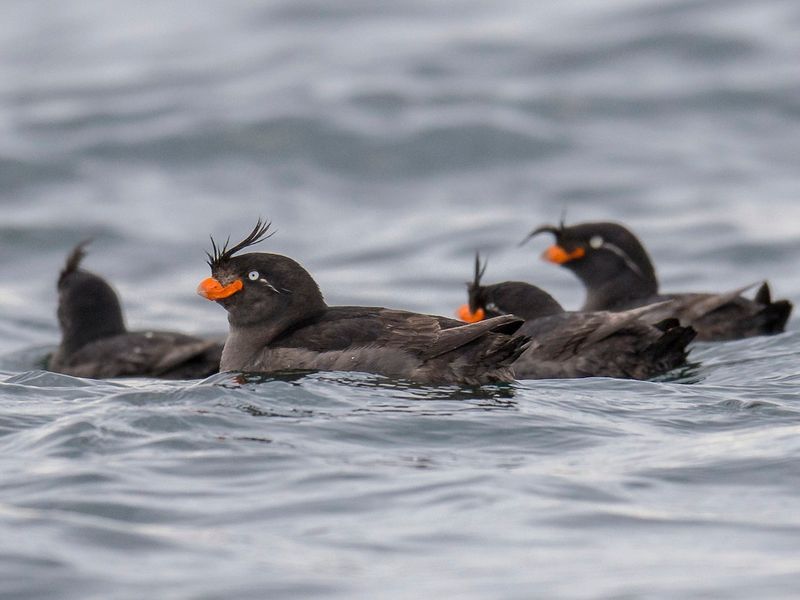
The Crested Auklet, a small seabird of the North Pacific, is known for its unusual ‘tangerine’ scent. These birds breed in large colonies and are adept at swimming underwater. Using their wings, they ‘fly’ beneath the surface, catching plankton and small fish. Ever noticed their vibrant orange bills and crests? These features play a role in courtship. Despite their small size, Auklets brave the open ocean, riding waves and navigating with ease. Their resilience is a testament to nature’s adaptability, flourishing in the challenging marine environment.
Razorbill
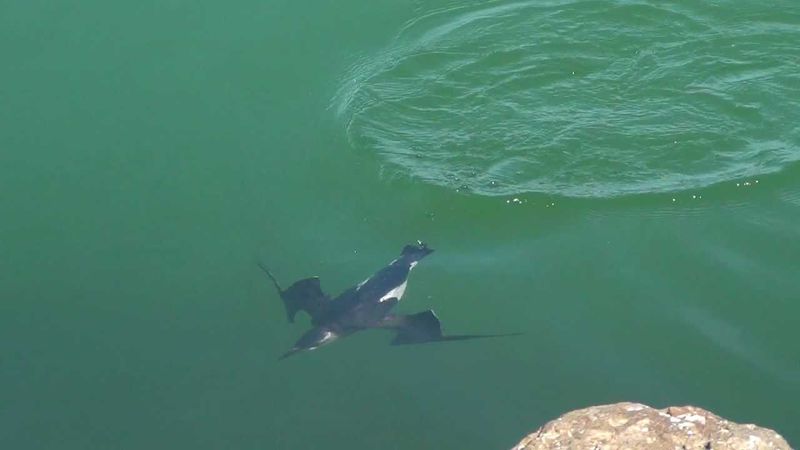
The Razorbill, closely related to the extinct Great Auk, captivates with its elegant black and white plumage. These birds are powerful divers, reaching depths of 30 meters. How do they spot prey? Their keen eyesight aids in locating fish in deep waters. Nesting on steep coastal cliffs, Razorbills form monogamous pairs, returning to the same sites each year. Though once threatened by hunting, conservation efforts have helped stabilize populations. The Razorbill is a symbol of hope, showing that with care, species can survive and thrive.
African Penguin
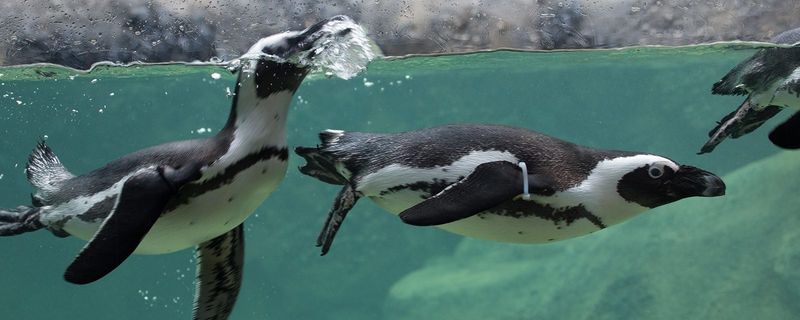
The African Penguin, also known as the ‘jackass penguin’ for its braying call, is native to the coastal areas of South Africa. These birds are proficient swimmers, hunting small fish in the nutrient-rich waters. What sets them apart from other penguins? The distinctive black horseshoe pattern on their chest. African Penguins face threats from oil spills and overfishing, making conservation efforts critical. Despite challenges, they remain a lively presence along the African coastline, charming with their waddling gait and spirited dives. Their story is one of resilience amidst adversity.

